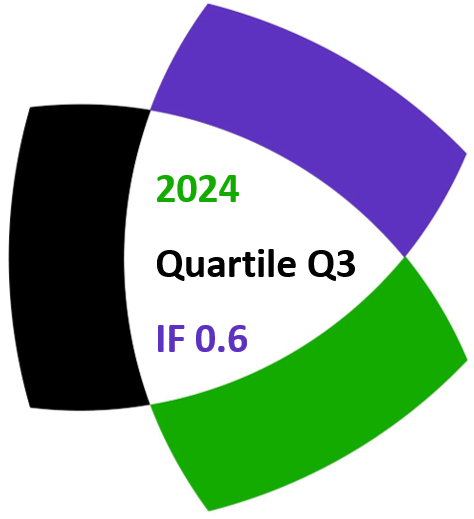J. V. Leyendekkers and A. G. Shannon
Notes on Number Theory and Discrete Mathematics, ISSN 1310–5132
Volume 13, 2007, Number 3, Pages 27–35
Full paper (PDF, 355 Kb)
Details
Authors and affiliations
J. V. Leyendekkers
The University of Sydney, 2006 Australia
A. G. Shannon
Warrane College, The University of New South Wales
Kensington, NSW 1465
& RafflesKvB Institute Pty Ltd
North Sydney, NSW, 2060, Australia
Abstract
Integer structure theory is used to analyse the factors of sums and differences of two identical powers of two integers, x and y. For instance, the sum of two identical powers, m, cannot form primes when m is odd or when m is even if the powers are odd and of the form m/2. The expanded forms of the factors indicate why the structure acts against the sum ever equalling an identical power. The difference of odd powers can yield primes when x − y = 1. The difference of even powers cannot yield primes whereas the sum can when m/2n is even. However, x2 − y2 can equal a prime when x − y = 1.
AMS Classification
- 11A41
- 11A07
References
- Craig, Maurice. The Composition Heresies. The Australian Mathematical Society Gazette. Vol.33, No.4(2006), 265-272.
- Dickson, L.E. History of the Theory of Numbers. Volume 3. New York: Chelsea, 1952.
- Leyendekkers, J.V., A.G. Shannon, Integer Structure Analysis of Primes and Composites from (x4 + y4). Notes on Number Theory & Discrete Mathematics. Submitted.
- Rouse Ball, W.W. History of Mathematics. New York: Dover, 1960.
Related papers
- Leyendekkers, J. V., & Shannon, A. G. (2009). The integer structure of the difference of two odd-powered odd integers. Notes on Number Theory and Discrete Mathematics, 15(3), 14-20.
Cite this paper
Leyendekkers, J. V., and Shannon, A. G. (2007). Modular-ring class structures of xn ± yn. Notes on Number Theory and Discrete Mathematics, 13(3), 27-35.


